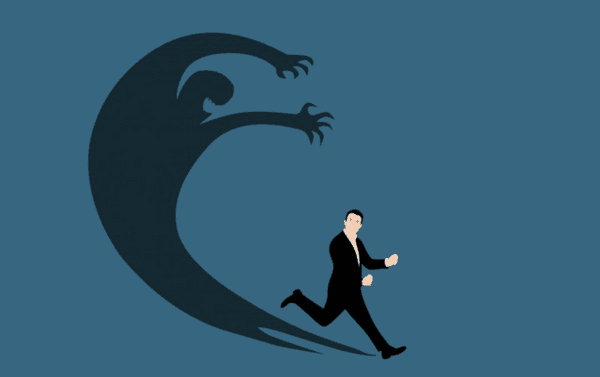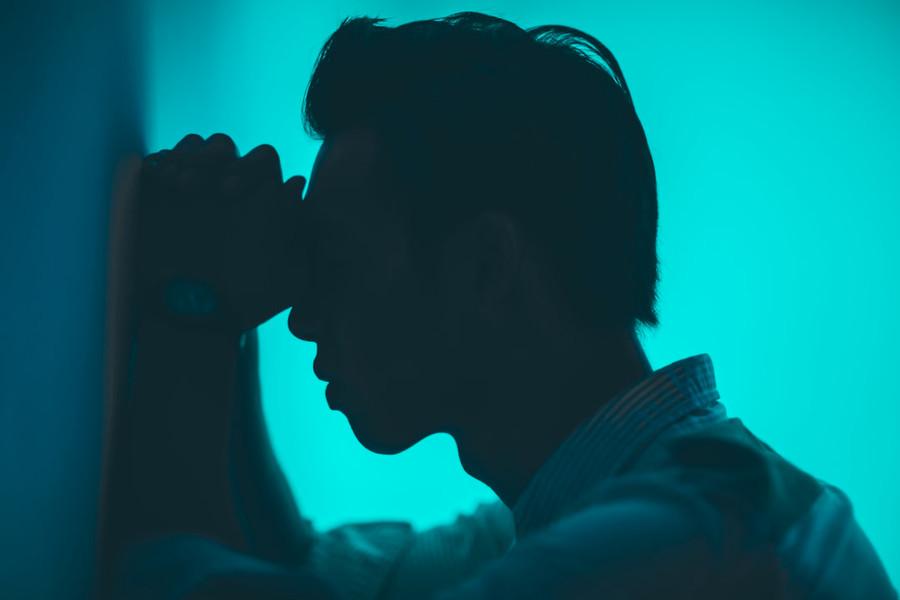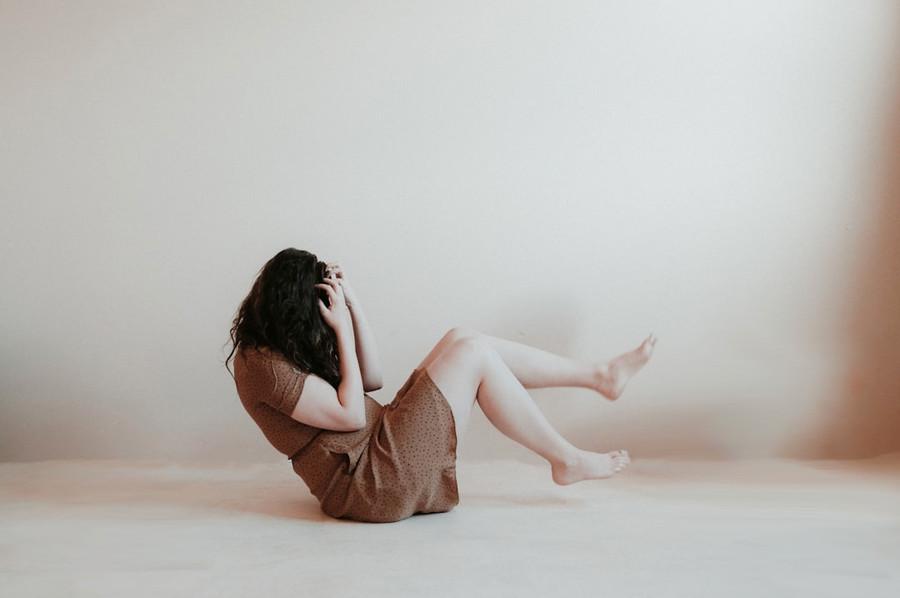Explore the World's Best Ideas
Join today and uncover 100+ curated journeys from 50+ topics. Unlock access to our mobile app with extensive features.
Key Ideas
Pathological anxiety is defined by its intensity, disproportionality, and functional impact.
When it comes to anxiety, doing what feels most self-protective often just reinforces our fears.
Exposing ourselves to our fears and learning how to tolerate anxiety is the key to its extinction.
28
303 reads
To Be Or Not To Be
Like many psychiatric symptoms, anxiety can be conceptualized along a spectrum that ranges from the normal to the pathological. At the normal end, anxiety represents an adaptive human response that's part of the body's warning system that alerts us to dangers. It often manifests as transient fear, causing us to step back from threats—like snakes and heights—that could cause us serious harm or death. And it can also take the form of more persistent worry about potential or ongoing threats, ideally providing the kind of motivation we need to take action.
24
180 reads
Pathological Anxiety
When anxiety becomes pathological, it's often because of its intensity, disproportionality, and functional impact. When anxiety and fear intensify to panic and when worries blossom into disproportional mental ruminations about imagined rather than actual threats, the result is that we often freeze up or get stuck in our heads to the point of immobility.
And since normal anxiety is a necessity for survival, not having any anxiety would also put us in harm's way. Pathological anxiety prevents us from taking the necessary action to figure out how to deal with the issues that lie at its root.
27
137 reads
Wanting to Escape the Source of Our Fears
Because excessive anxiety is so visceral, including not only mental panic but physical symptoms including a "nervous stomach," chest discomfort, or trouble breathing, it's often experienced as intolerable. As a result, our natural response isn't to problem-solve, but to avoid—we tend to be more focused on "flight" than "fight" and will often try to do whatever it takes to escape the source of our fear.
23
121 reads
The Paradox Of Anxiety
The paradox of anxiety is that what feels most instinctual and self-protective—escaping from the source of our fears or trying to ablate intolerable anxiety with a drink or a pill—often just reinforces it by teaching us that our fears are too powerful to face. It also primes us to monitor for its return when we are able to find temporary relief, but if we're constantly scanning the environment for threats or our bodies for evidence of fear, we're certain to find it.
24
119 reads
The Power of Exposure
Treating pathological anxiety often requires allowing ourselves to feel anxious. That doesn't mean "white-knuckling" it or subjecting ourselves to terror; it's more about engaging with and confronting our fears "one step at a time" in a safe and therapeutic setting with someone at your side. Through that process, we can do the work we need to do to shift from being immobilized by fear or from incessant worrying to problem-solving.
21
100 reads
IDEAS CURATED BY
Adaline W.'s ideas are part of this journey:
Learn more about mentalhealth with this collection
How to build a network while working remotely
How to work remotely
How to manage finances while working remotely
Related collections
Similar ideas
7 ideas
The (Only) 5 Fears We All Share
psychologytoday.com
3 ideas
Does Facing Your Fears Help You Get Over Them?
brainfacts.org
5 ideas
The (Only) 5 Fears We All Share
psychologytoday.com
Read & Learn
20x Faster
without
deepstash
with
deepstash
with
deepstash
Personalized microlearning
—
100+ Learning Journeys
—
Access to 200,000+ ideas
—
Access to the mobile app
—
Unlimited idea saving
—
—
Unlimited history
—
—
Unlimited listening to ideas
—
—
Downloading & offline access
—
—
Supercharge your mind with one idea per day
Enter your email and spend 1 minute every day to learn something new.
I agree to receive email updates






